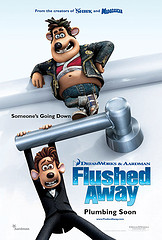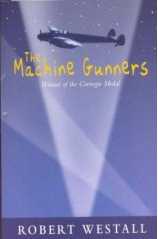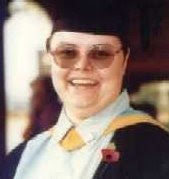Into the Woods - Lyn Gardner
Lyn Gardner's Into the Woods is an interesting tale about three sisters that incorporates a host of familiar fairy tale elements (and numerous other pop culture references) that are used in interesting ways.
The story is both a quest and a rescue, although the two often merge, double up and split apart again. Aurora (almost 16), Storm and baby Anything Eden are almost-orphans (their mother died after giving birth to Anything and their father has disappeared to who-knows-where). The three live in a dilapidated manor house called Eden End. The villain of the piece is a man called Dr DeWilde, who is usually accompanied by at least half a dozen wolves and who needs a constant supply of plump children to work in the underground gemstone mine beneath Piper's Peak. His assistant in acquiring such children is a witch named Bee Bumble, who lives in rather more upmarket version of the gingerbread house. She finds children for DeWilde and fattens them up so that DeWilde can enslave them.
Storm encounters a boy named Kit, who has a splinter of ice in his heart (making him akin to Hans Christian Andersen's Kay). Kit's quest is to get his hands on a magic pipe bequeathed to Storm by her dying mother. Kit is working, sometimes reluctantly, for DeWilde - although he helps the two older girls on more than one occasion...
The girls' great-grandmother is an ogress who, in common with so many post-modern monsters (or so it appears), turns out to be completely hopeless at being bad. A key part of her job description involves eating children, but she's actually a strict vegetarian with a penchant for jelly babies (which she eats feet-first to stop them running away !), who wants nothing more than to end her days in the sunshine-filled garden of Eden End.
The key part of the story involves DeWilde's nefarious attempts to get Storm's magical pipe from her since he cannot take it from her by force without it burning him, he must either be given it freely (and with love) or win it from Storm. DeWilde is the Pied Piper and wants the pipe for himself as it contains great power - it can persuade anyone who hears it to do exactly what the player most wishes for or wants.
To accompany Gardner's intertextual tale are some funny and clever drawings by Mini Grey, for example: the illustratation of the books that DeWilde has on his shelves includes I Was a Rat by one P Pullman and the collected works of Browning !
This book, if it is about one thing in particular, is about the way in which an appetite, whether for sweets, stories, love or home, can send one off on adventures that lead, quite often, back to the place where the characters (and the reader) first started. There's a hint too, that this book may have a sequel - the words "The End" are followed by a question mark, and I'd be interested to see if Gardner could sustain the same intertextual mix for a sequel.
Into the Woods is out in the US in June 2007.










